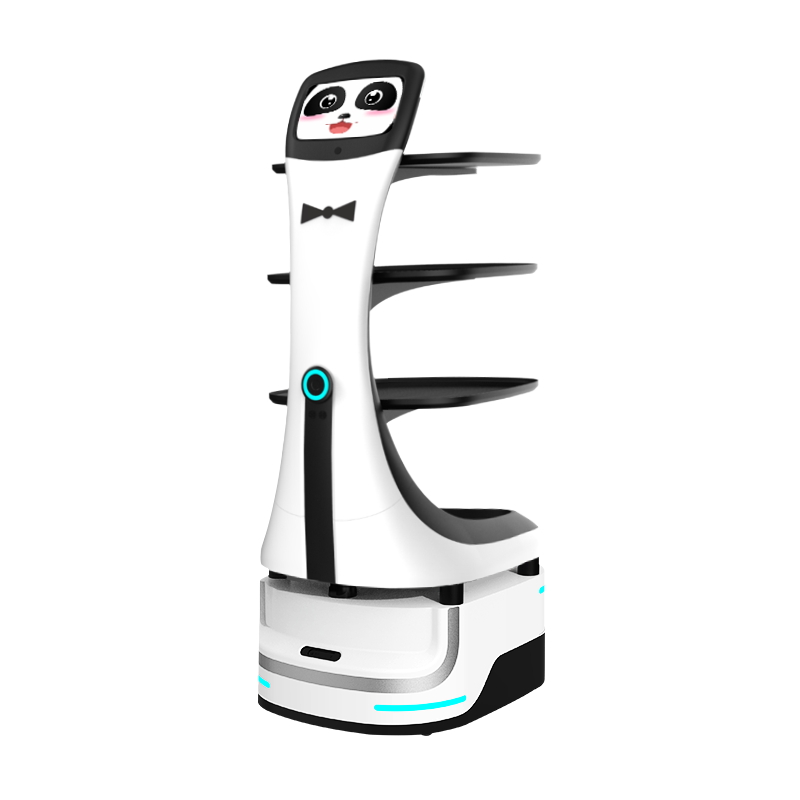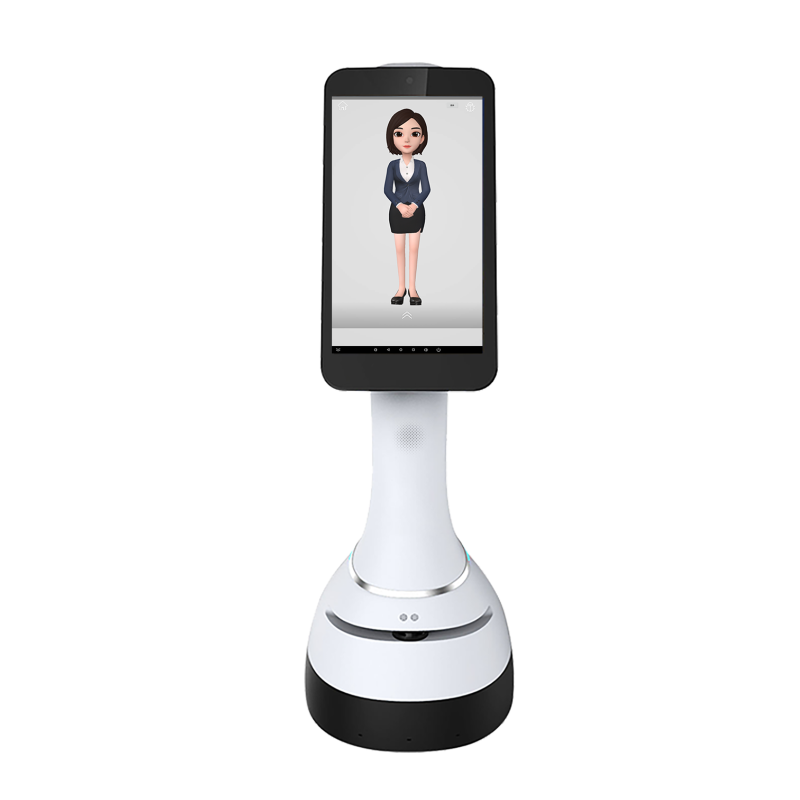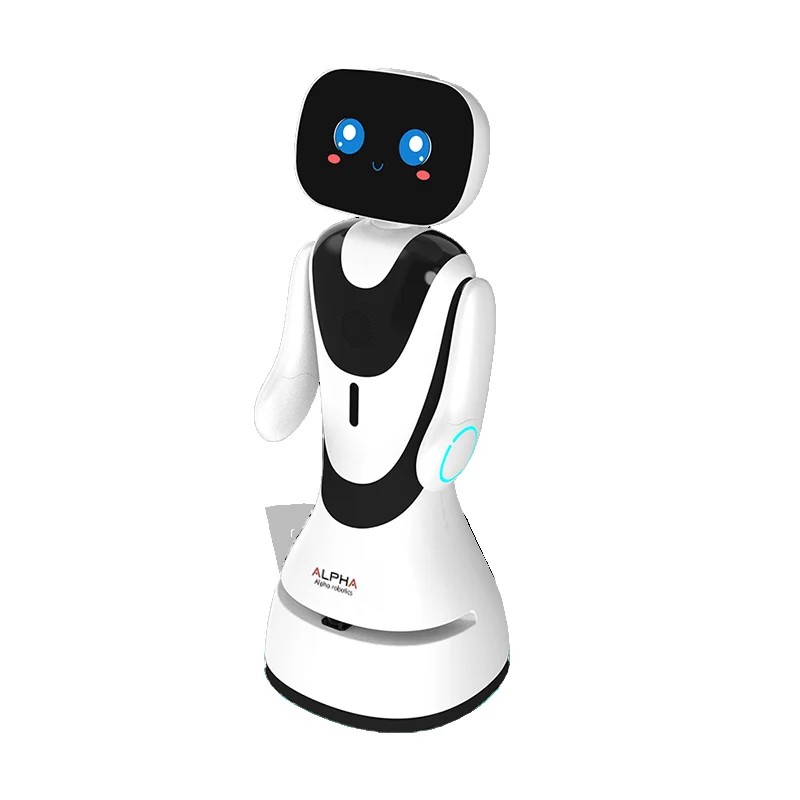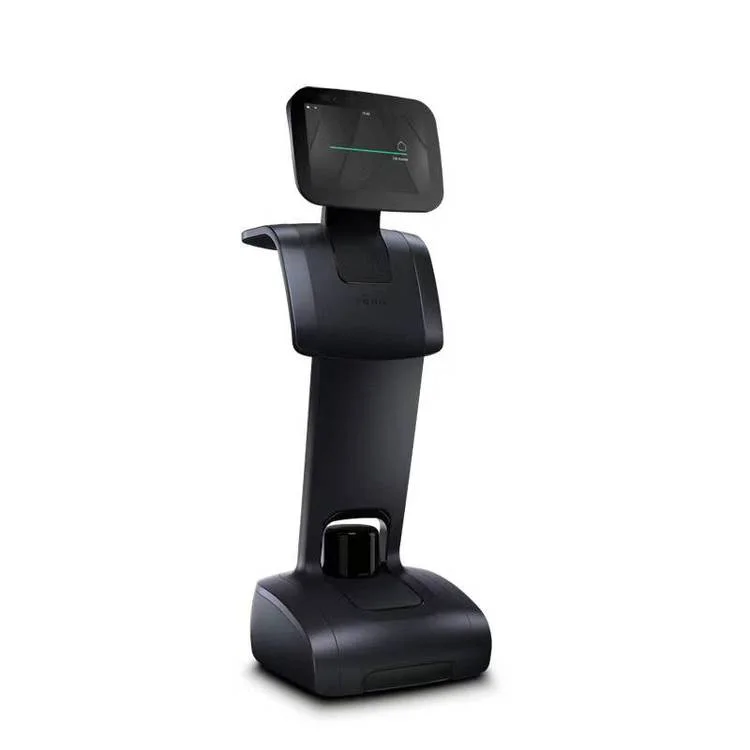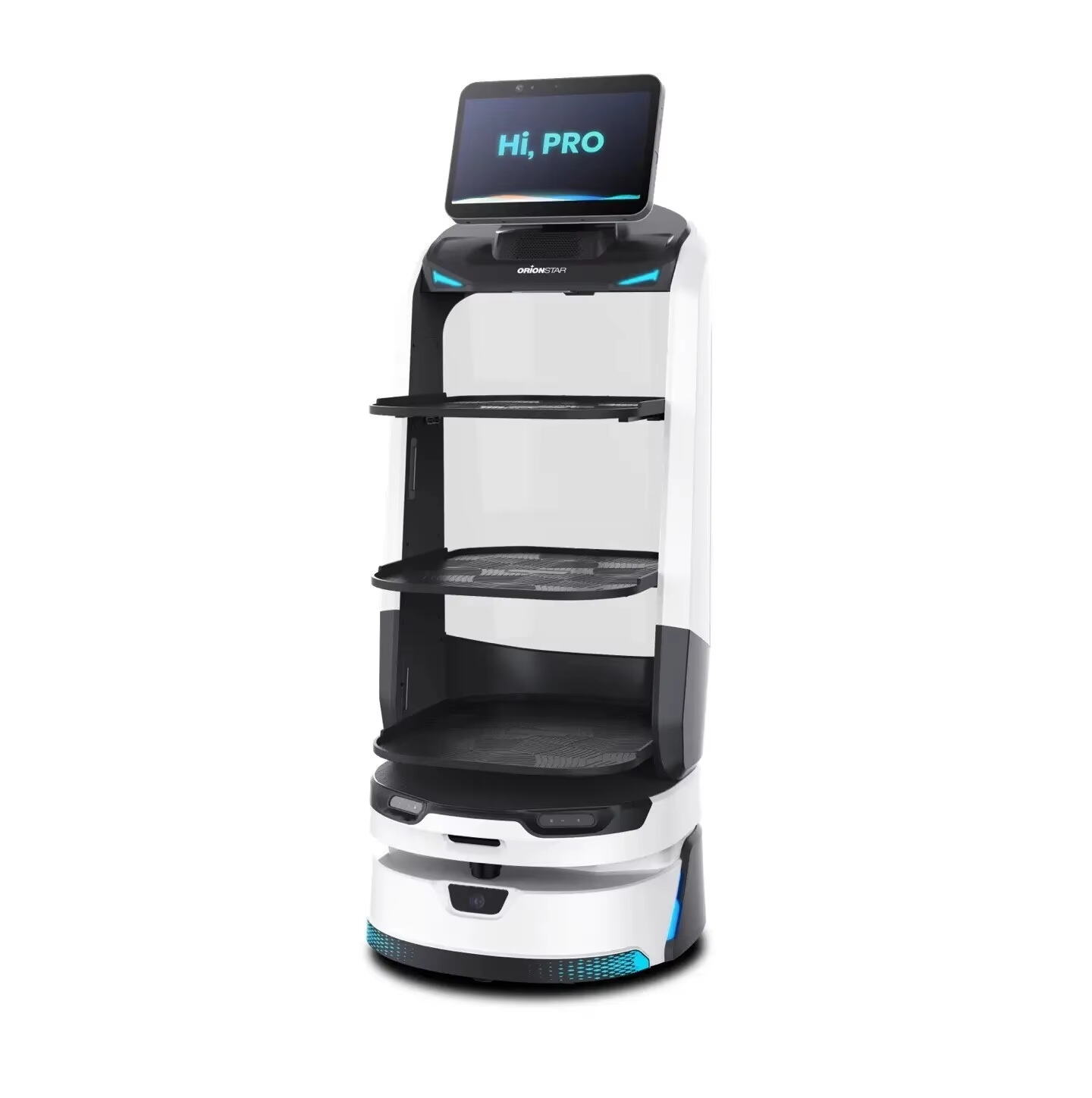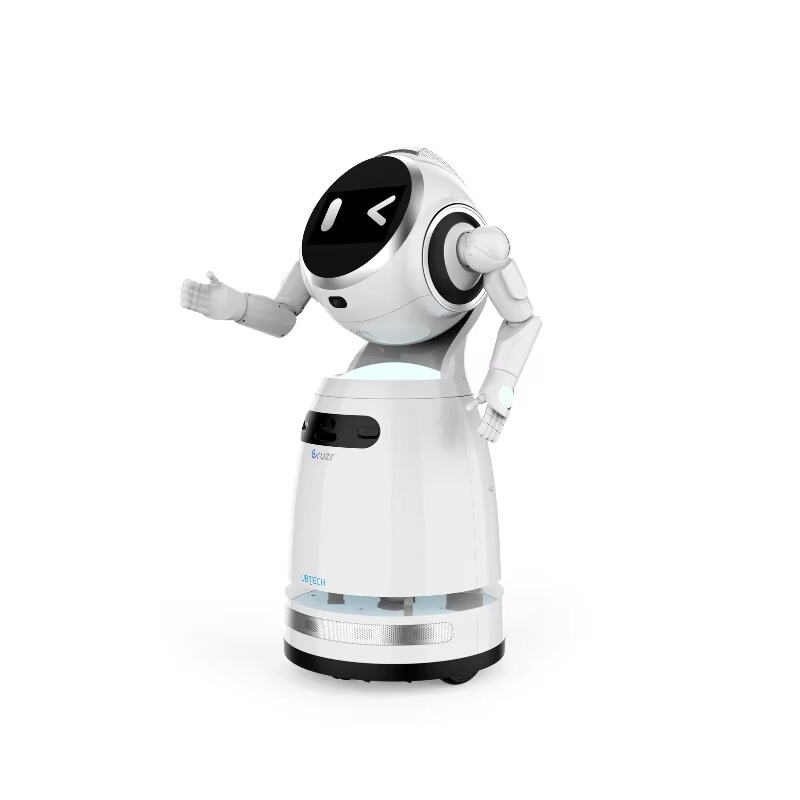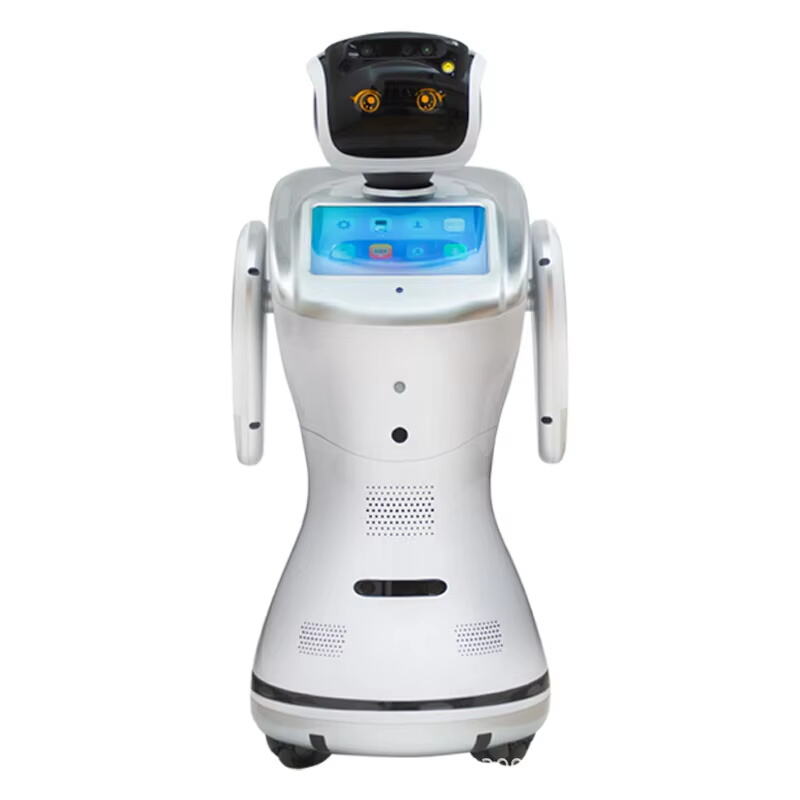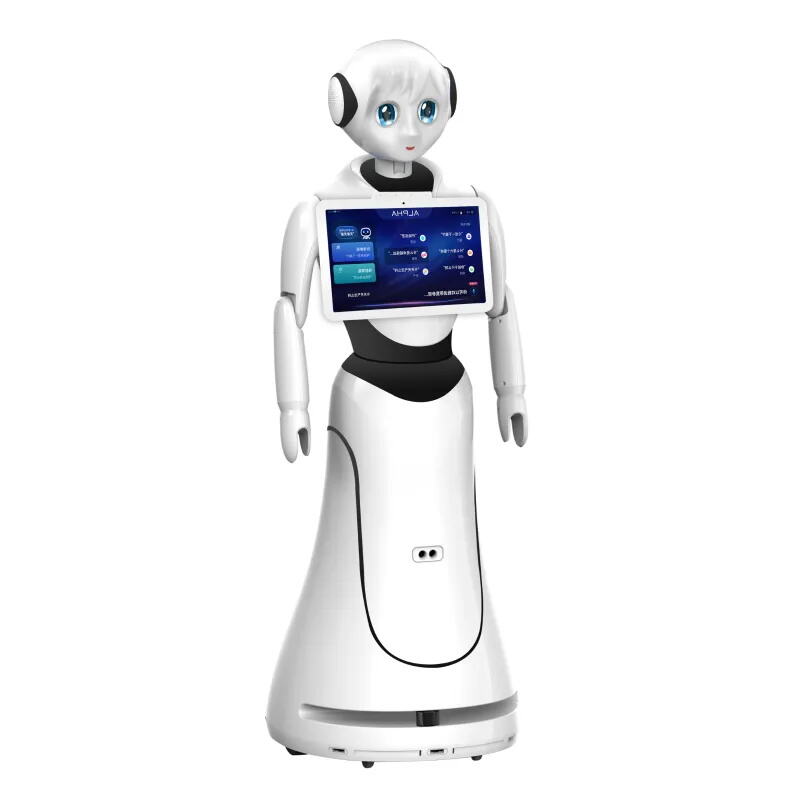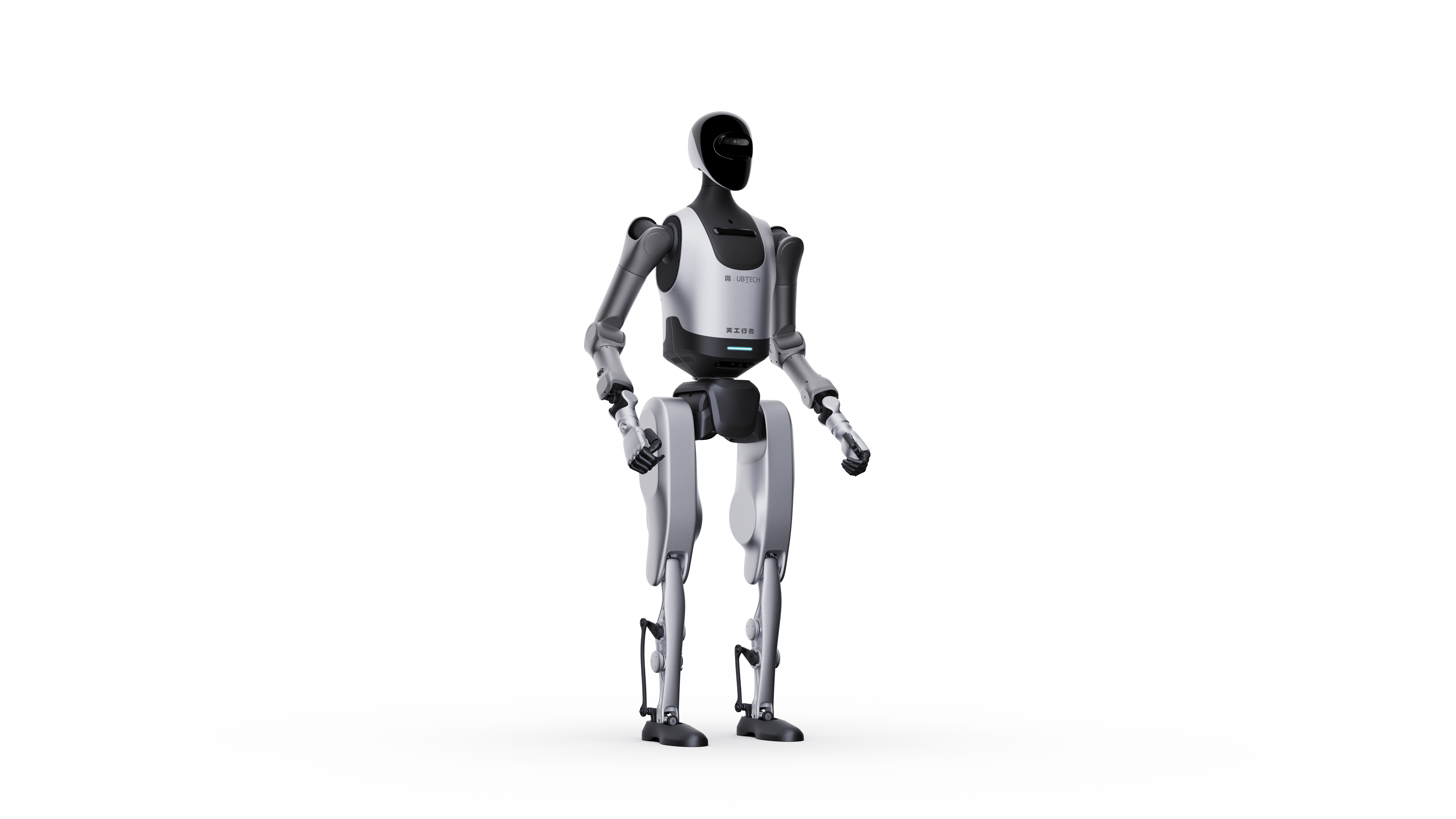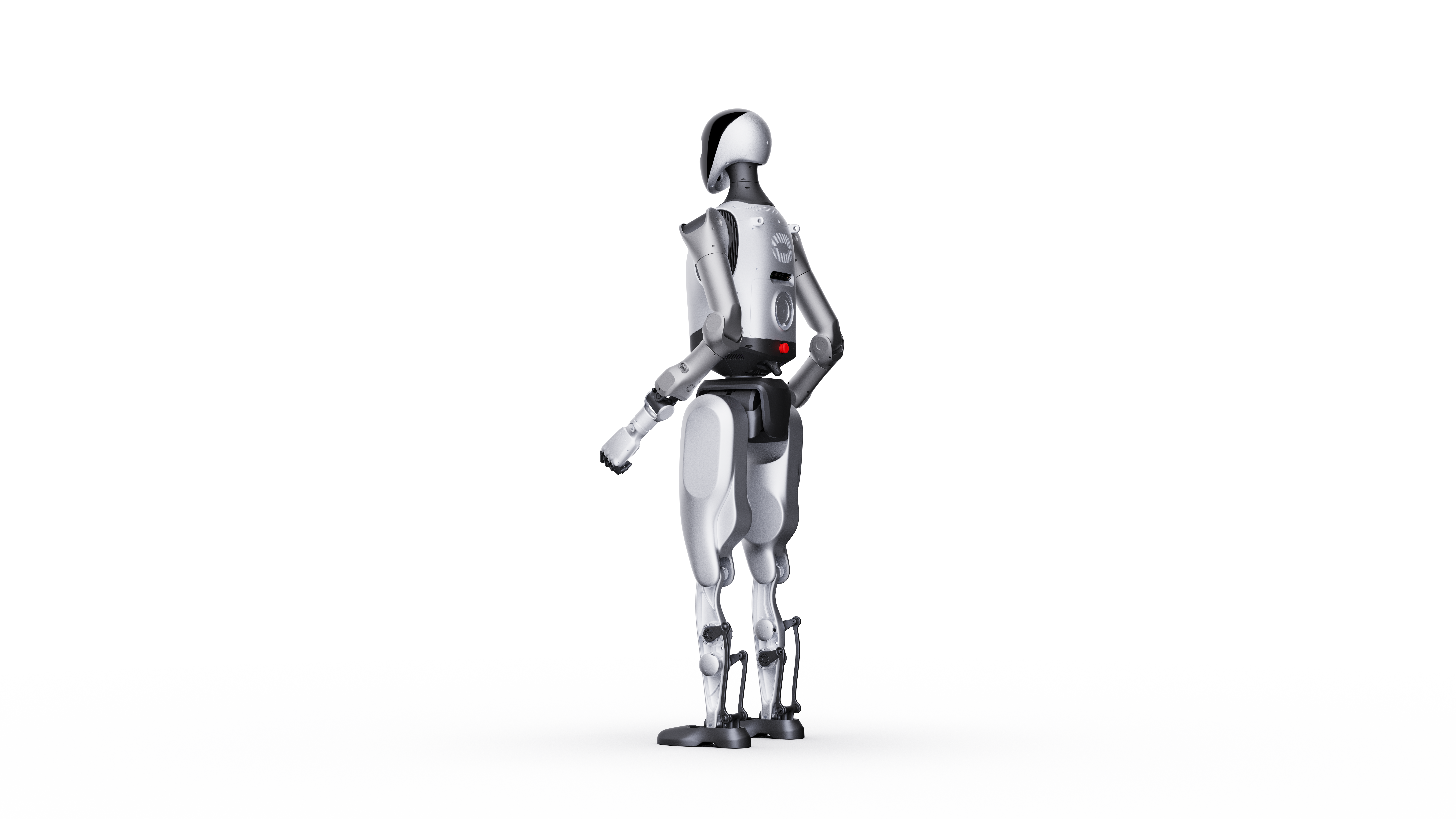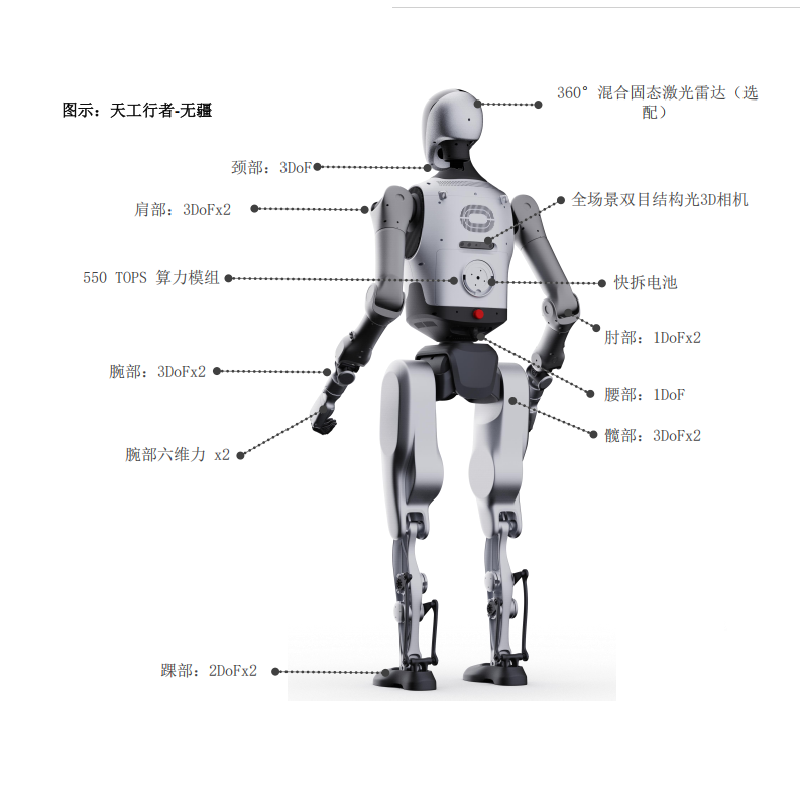humanoid robot
Humanoid robots represent a groundbreaking advancement in robotics technology, combining sophisticated artificial intelligence with human-like physical capabilities. These remarkable machines are designed to mirror human form and movement, standing upright with two arms, two legs, and a head equipped with advanced sensors. They integrate cutting-edge technologies including computer vision, natural language processing, and adaptive learning algorithms to interact naturally with humans and their environment. The robots feature high-precision motors and sensors throughout their frame, enabling smooth, coordinated movements that can replicate human actions with remarkable accuracy. Their primary functions include performing complex tasks in various settings, from manufacturing floors to healthcare facilities, while maintaining safe and intuitive interaction with human counterparts. These robots are equipped with multiple cameras, depth sensors, and touch-sensitive surfaces that allow them to navigate environments autonomously and handle objects with precision. The integration of machine learning capabilities enables them to improve their performance over time, learning from interactions and adjusting their behavior accordingly. They can be programmed for various applications, including assembly line operations, patient care assistance, educational support, and research and development activities.

